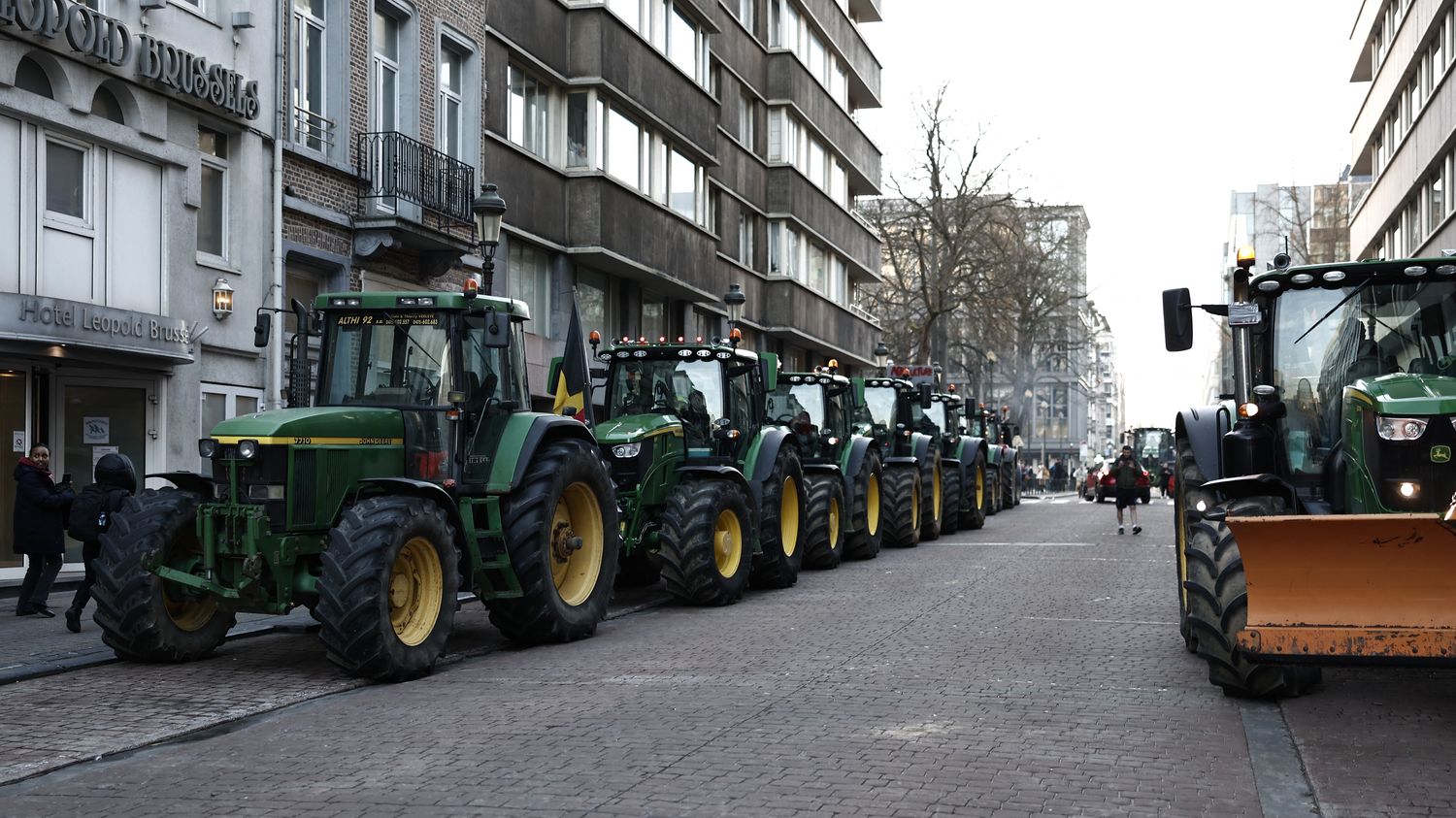Fallow had disappeared with the appearance of weedkillers and chemical fertilizers, before reappearing in the Common Agricultural Policy in 1992 as a tool to combat overproduction.

Published
Update
Reading time: 1 min

Victory for farmers. The European Commission adopted on Tuesday February 13 for the year 2024 a partial exemption from the fallow obligations provided for by the Common Agricultural Policy (CAP), a key demand of recent agricultural demonstrations.
To receive CAP aid, farmers will now have to leave at least 4% of arable land in intermediate or nitrogen-fixing crops (lentils, peas, etc.) and no longer just fallow and non-productive areas (hedges, groves, ponds, etc.), according to a decision published in Official newspaper. This threshold has also been lowered compared to 7% initially proposed at the end of January.
A traditional method of soil regeneration, fallowing had disappeared with the appearance of weedkillers and chemical fertilizers, before reappearing in the CAP in 1992 as a tool to combat overproduction. Farmers now had to set aside land in exchange for aid.
